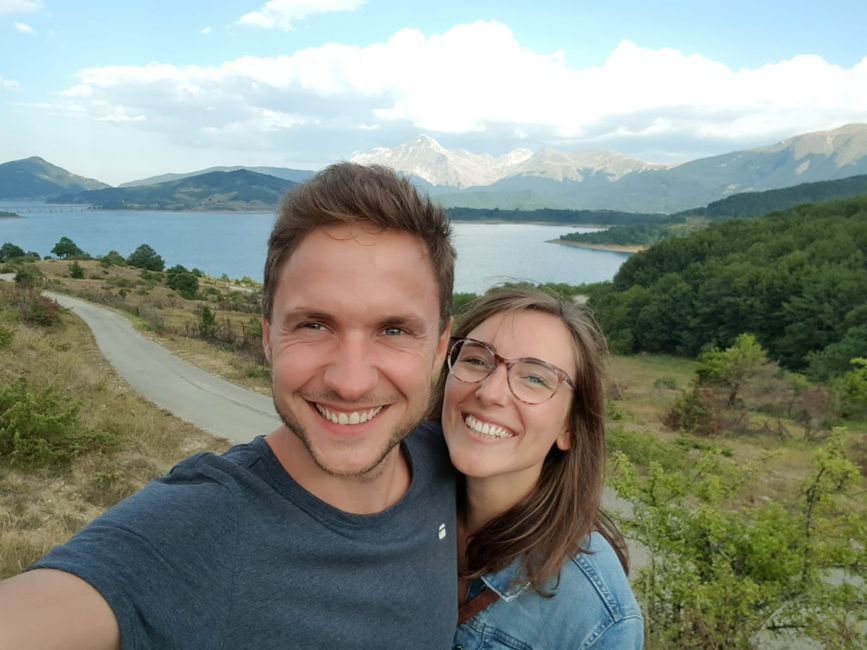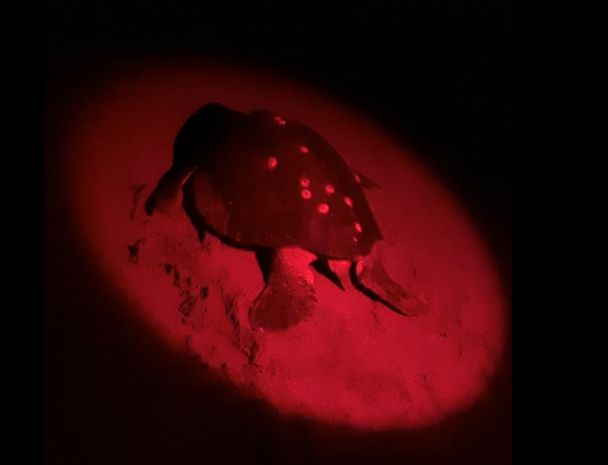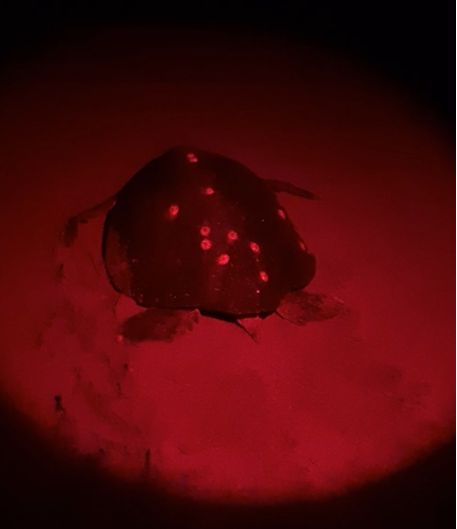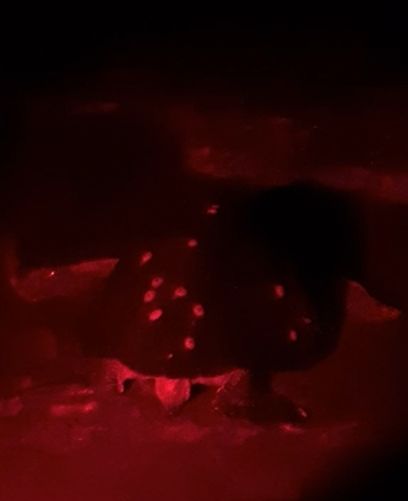On the trail of the leatherback turtle
Objavljeno: 16.04.2021
Naročite se na glasilo
Today we are reporting from the mountains of Costa Rica.
We would like to tell you about an experience we had in Guanacaste (the region where Playa Grande and Tamarindo are located), which we have not yet mentioned. In our last post, we talked about turtles and protected beaches (such as Playa Grande).
On Monday, April 12, 2021, we took a tour to observe leatherback turtles laying their eggs on the beach. It was important to us not to take a tour where 20 tourists fight for the best picture and disturb the turtles. We wanted a small group and even got a private tour because it seems that everyone else canceled due to a little thunderstorm.
We were picked up at 6pm, right after sunset. We already noticed how difficult it is to spot a turtle. The driver's stress level was already very high, we were told to hurry up, and the handover from the driver to the turtle guide went quickly. Our super friendly local guide, who spoke excellent English, took us to three different beaches, each more remote than the last.
First, we walked through a forest with our flashlights for about 20 minutes to reach Playa Nombre de Jesus. During this time, he told us about all the animals that "lurked" here in the forest - very pleasant when it's pitch dark and you expect a wild animal behind every tree. :D But in the end, we reached the beach without any encounters, immediately switched from the regular flashlight to a red light flashlight (turtles can't see red and are not disturbed by these lights).
The beach was completely deserted: it was just us, the guide, some insects, and possibly a few turtles. We will see! ;)
We immediately noticed how little darkness we still know from home. Only the stars gave us a little light. After arriving at the beach, the guide rushed us up and down the beach, always looking for turtle tracks. We were supposed to miss as few as possible.
In the evening, leatherback turtles leave the sea, walk across the beach to the forest, lay their eggs there, and then return to the sea. We quickly found a complete track - DAMMIT! Apparently, we had already missed a turtle that had already returned to the water.
But then our guide saw a black dot in the distance and said that a turtle was trying to leave the water. We immediately turned off the red light. The turtle should not be disturbed and should assess the beach as "safe for egg laying". Only then would it venture the arduous journey across the beach. After about 5 minutes of silent waiting, we had to unfortunately observe from a distance of 50m how the turtle turned around. But that wasn't because of us, but because of the tides. The water was not high enough, and therefore, the distance from the water to the forest was too far and too arduous for the turtle.
That was the moment when our guide asked us to get closer to the turtle so that we could observe it. She would not feel us and would not see us because of the red light. And that was truly an indescribable experience! We watched as the turtle, which was about 1.0m x 0.6m in size, waddled back into the sea. In the middle of nowhere. On a deserted beach. In the deepest darkness.
After that, the guide took us to two more secluded beaches, where we could see a lot of turtle tracks. But at Playa Honda and Pirates Beach, we had no luck that day - no turtle wanted to leave the beach with the low water level. Understandably, crossing a sandy beach is really exhausting.
Nevertheless, we saw a turtle, we were at three dark beaches, experienced real darkness, had a total of about 10km of beach workout, and had to overcome our fears in the forest. A truly unique experience!
Naročite se na glasilo
Odgovori
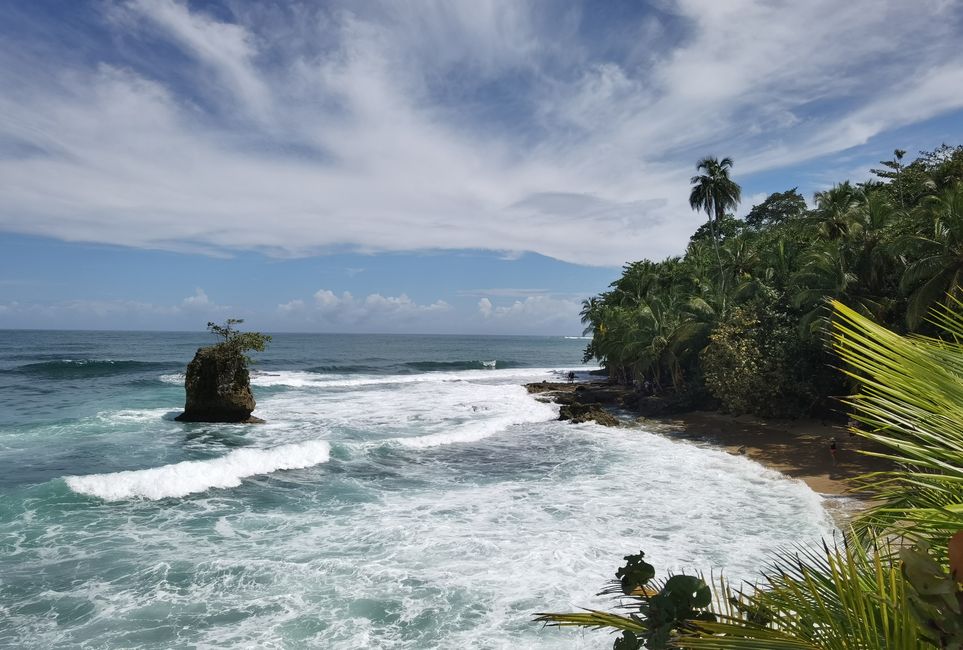
Poročila o potovanjih Kostarika

